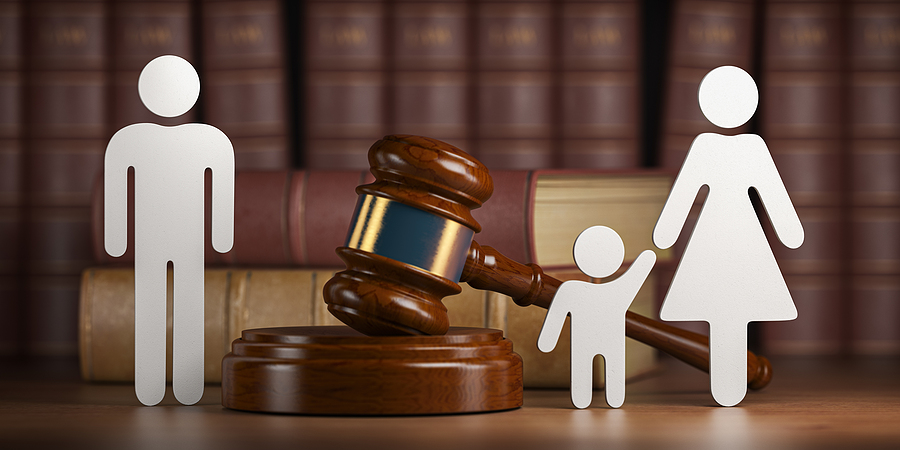Parents who separate will need to have a plan for deciding how their children will be cared for and where they will live or spend time. A parenting plan, also called a “custody and visitation agreement,” is the parents’ written agreement about:
- Time-share: a schedule for when the children will be with each parent; and
- Decision making: how the parents will make decisions about the health, education, and welfare of the children.
With a written plan, you and your children will know what to expect and will have fewer conflicts about shared parenting time. Most children benefit from having a routine they can count on. When you make a schedule, think about the quality of the relationships— not just the relationship between the children and each parent, but also between the parents and between the children and any other caregivers. When drafting your parenting plan, you might want to ask whether it:
- Meets your children’s basic needs for love, protection, and guidance, a healthy diet, good medical care, and enough rest.
- Considers your children’s ages, personalities, experiences, and abilities. Every child is different. Adjust your plan to your children,
- NOT your children to your plan.
- Gives your children regular, consistent times with each of you, when safe to do so. Consider day-to-day care, overnights, activities, schoolwork, vacations, and holidays. Use a calendar to help you.
- Provides enough detail so it is easy to understand and enforce.
- Gives your children a sense of security and a reliable routine.
Types of Child Custody parenting plans:
Physical Custody
Sole or primary, which means the children live with one parent most of the time and usually visit the other parent.
Joint physical custody does NOT mean that the children must spend exactly half the time with each parent. Usually, the children spend a little more time with one parent than the other because it is too hard to split the time exactly in half. When one parent has the children more than half of the time, that parent is sometimes called the “primary custodial parent.”
Means where the children live and how they spend their time. Think about activities, overnights, and day-to day care, and ask yourselves:
- Where should our children be during the week? On weekends?
- Where should our children be for holidays, summer vacations, and special days?
- Which parent will be in charge of which activities (sports, music, homework, etc.)?
- Which parent is in charge at which times?
- How will our children get from one parent to the other? Who will pay the costs of transportation?
Legal Custody
Sole, where only one parent has the right and responsibility to make the important decisions about the health, education, and welfare of the children.
Joint, where both parents share the right and responsibility to make the important decisions about the health, education, and welfare of the children. Parents who have joint legal custody EACH have the right to make decisions about these aspects of their children’s lives, but they do not have to agree on every decision. Parents should communicate, meet and discuss all important issues regarding the health, education and welfare of their children in an effort to cooperatively arrive at a decision. These discussions may occur in person, by email or text, or by telephone. Parents should discuss these important matters well in advance of the need for a decision to be made. This will avoid unnecessary court appearances.
Means who makes important decisions about the children. Be clear and specific about which decisions each parent can make on his or her own and which decisions you will make together about:
- School or child-care
- Religious activities or institutions
- Psychiatric, psychological, or other mental health counseling or therapy needs
- Doctor, dentist, orthodontist, or other health professional (except in emergency situations)
- Sports, summer camp, vacation, or extracurricular activities
- Travel
- Jobs and driving (for older children)
